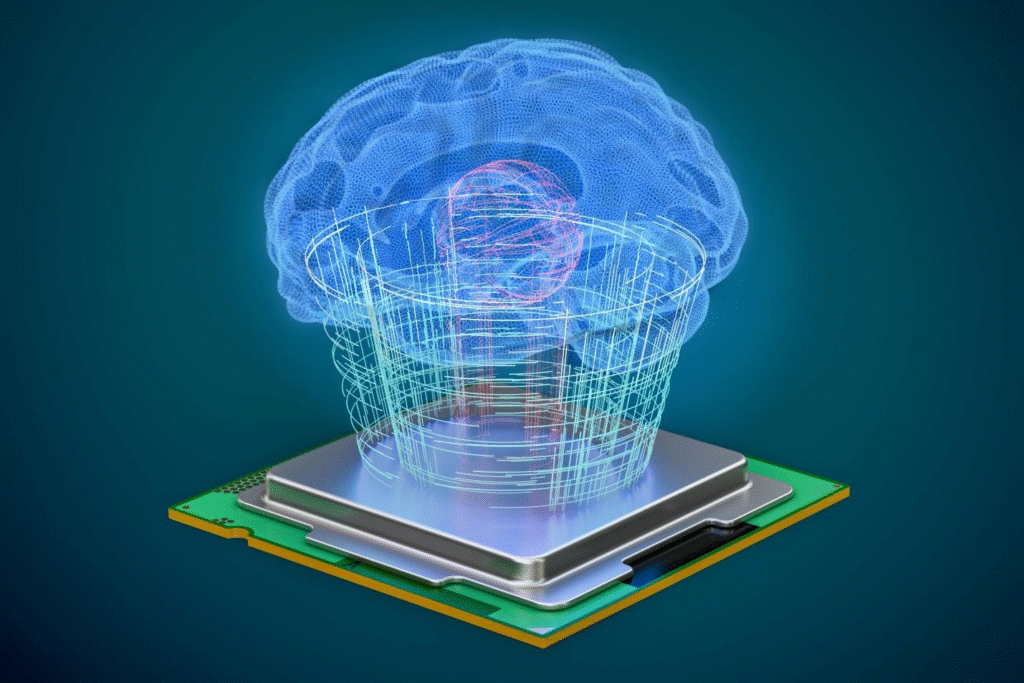Have you visited an Apple store in recent years? If so, you will have seen the Cupertino company’s employees in their blue attire looking up information and processing sales transactions on iPads. It is perhaps the best example of how POS (or Point of Sale) systems have evolved throughout the years, shrinking in size to something that can be carried around in the palm of your hand.
POS systems have been around for a while. The first was invented back in 1879 by American shopkeeper James Ritty, who noticed that his employees were pocketing money his business was making. He called it “Ritty’s Incorruptible Cashier”, which is perhaps a more catchy name than “cash register” as today’s ubiquitous IT tool would commonly become known.
The first computer-driven cash register, which resembles what we have today, was developed by IBM in 1973 – and it marked the first commercial use of a computer-based system used by the restaurant industry. Then in the 1980s, the first credit cards were introduced into society, and the evolution of POS terminals accelerated when they had to be updated accordingly.
1980s
McDonalds started rolling out POS terminals in its restaurants in 1984. Invented by William Brobeck, the model it used was one of the first microprocessor-controlled cash registers, one that vastly sped up the food ordering process by including a physical button for every item on the menu. It was also the first time a POS could be connected to a multitude of other devices, allowing the fast-food chain to easily manage reports and receipts for the first time. In more fine-dining establishments, bulky POS systems would be hidden behind curtains so that they were out of view of customers.
POS systems would change drastically two years later when touchscreen tech and colorgraphic monitors became more affordable. ViewTouch, the first POS solution on the Atari ST, was launched in 1986 by New York-based restauranteur Gene Mosher at Comdex in Las vegas while the inventor was on his honeymoon with his wife. Today, it’s offered for free under the GNU license and can be run on the simplest computer hardware – such a Raspberry Pi.
1990s
As computers became more sophisticated in the 1990s, so did POS systems, with the first ePOS (Electronic Point Of Sale) system, Nisyst, launched in 1992. That year saw Martin Goodwin and Bob Hendry together develop and release the IT Retail POS software system on Windows, leading to a slew of POS applications being developed for Microsoft’s increasingly popular OS, in addition to Unix-based operating systems. In 1993, Europay, MasterCard and Visa unveiled the EMV standard for the credit card industry in Europe, which is still used in integrated circuit cards, POS terminals and automated ATMs.
2000s
Powerful computers and more advanced networks led to an evolution of the POS, which began to develop capabilities beyond sales transaction processing in the early 2000s. As internet connections became faster, ePOS systems took to the cloud and found popularity among businesses due to increased convenience and lowered cost.
Cloud-based POS systems transformed the landscape as any device capable of connecting to the internet could suddenly be used as a potential POS terminal. That included smartphones equipped with barcode scanners and NFC tech that effectively turned them into payment terminals and mobile credit card readers.
Shifting to the cloud cloud also brought new security capabilities to POS systems. The introduction of the SaaS (or software-as-a-service) model removed the need for businesses to manually update software and licenses, with it instead being automatically taken care of by POS software vendors.
2010s
Since 2010, modern POS systems have become increasingly sophisticated, allowing business owners to manage both front-end and back-end operations with ease. Integrated systems enable everything from inventory management to marketing; staff time management; accounting process; and customer information to be accessed, analysed, and controlled through a single (often touchscreen) interface.
Adoption of cloud-based POS systems accelerated during the decade. Through the utilization of technologies to store sales and customer data using cloud storage, companies found it quicker and easier to access (and act upon) their sales and customer data than ever before. This made cloud-based POS systems particularly attractive for companies that ran a franchise model with multiple stores.
The rise of cloud-based POS has naturally coincided with new trends around mobile POS. Like the aforementioned Apple employees, many business owners and workers began to POS systems on mobile devices from 2010, which became easier thanks to tablets and smartphones with increasingly larger displays and better processing power.
Many vendors offer their business applications for free and take a cut of each sale through payment processing fees. By using a mobile POS system, companies allow their employees to easily look up product information, search for answers to customer questions and take payments while walking around the shop floor. Consumers, too, are able to benefit from mobile by buying goods and services on devices on their own smartphones with a tap, using technologies such as NFC and Bluetooth.
It’s safe to say that POS has come a long way, with great leaps made particularly in the past two decades. Our current decade is likely to continue seeing a convergence in technologies, with POS systems becoming smarter and able to help businesses get even more value out of their data than they can today.



